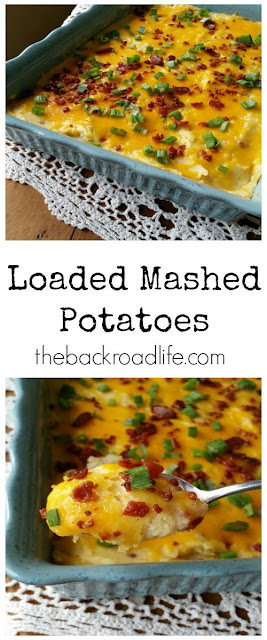The weather has been perfect to take advantage of the time to give some extra attention to your vegetable and flower gardens before winter. This time of year, you're done harvesting all the bounty (or getting close) your vegetable garden has produced and your flower garden starts to wither away and plants die down. It may be hard to keep motivated to get back in your garden and do that garden clean up, but by working ahead of the cooler temperatures coming will be beneficial to your garden.
 |
| Mulch bed prepared for winter months. |
Below are some tips for fall end of season garden clean up:
MULCH - Protect plant roots and soil from extreme temperatures during the winter months. Here in Indiana we can see some pretty cold temperatures! Cover perennials, shrubs, and newly planted trees with 2 to 3 inches deep and about 2 times the width of roots at the base with a good layer of mulch.
PRUNING - Shape plants and remove any dead or broken branches by cutting back, or pruning. Remove any top growth of perennials. This may also be done in the spring time, which is what I do as some plants I like to keep as is for "winter interest" with snowfall (example: hydrangeas and ornamental grasses). Be sure the growing point of the plants is still protected for the winter months.
WEEDING - Always maintaining weeds is beneficial for your garden. Weeds can drop seeds that can overwinter, which will sprout in the spring. Continue to weed your garden until the ground freezes.
WATERING - It is always important to water newly planted trees, shrubs, and perennials. Early fall is a good time to plant new plants, but be sure to continue to water even though the temperatures are cooler as they have not completely developed a self sustaining root system yet.
REMOVE PLANTS - Annuals that aren't cold tolerant, like pansies, will die off after a hard frost. Remove annuals from your garden and flower beds.
COMPOST- Doing fall clean up is a great time to continue to add to your compost pile. Discard any diseased plants, but take advantage of the opportunity to discard any good plants in your compost pile.
CONTAINERS & GARDEN ORNAMENTS - Be sure to clean up and put away your garden ornaments to prevent them from cracking in the winter. This is a great time to clean up flower pots, containers, and vegetable cages and trellis' and store them away.
BULBS & GARLIC - Plant flower bulbs and garlic to overwinter in your garden and be ready to bloom next spring and summer.
BIRDS - Don't forget to continue to fill bird feeders for the winter. As the temperatures become cooler and snow falls, food becomes more scarce for birds and they will love finding your bird feeder full!
PLAN - Now that this season is over, be sure to plan your garden for next season. Decide if you want to add any more flowers, shrubs or trees to your landscape. Plan an idea out for your vegetable gardens and what you would like to grow. By starting to plan in the fall, you will have an idea what you want to look for as the new season nears. You can get a head start on possibly ordering vegetable seed as well.
 |
| I like to leave my dried hydrangea blooms for "winter interest" with the snow. . |
By taking the time to get you garden ready for fall and winter and the cooler/freezing temperatures you will be giving yourself an advantage to the season to come in the spring. You won't regret spending the extra time to do these steps.
|

































